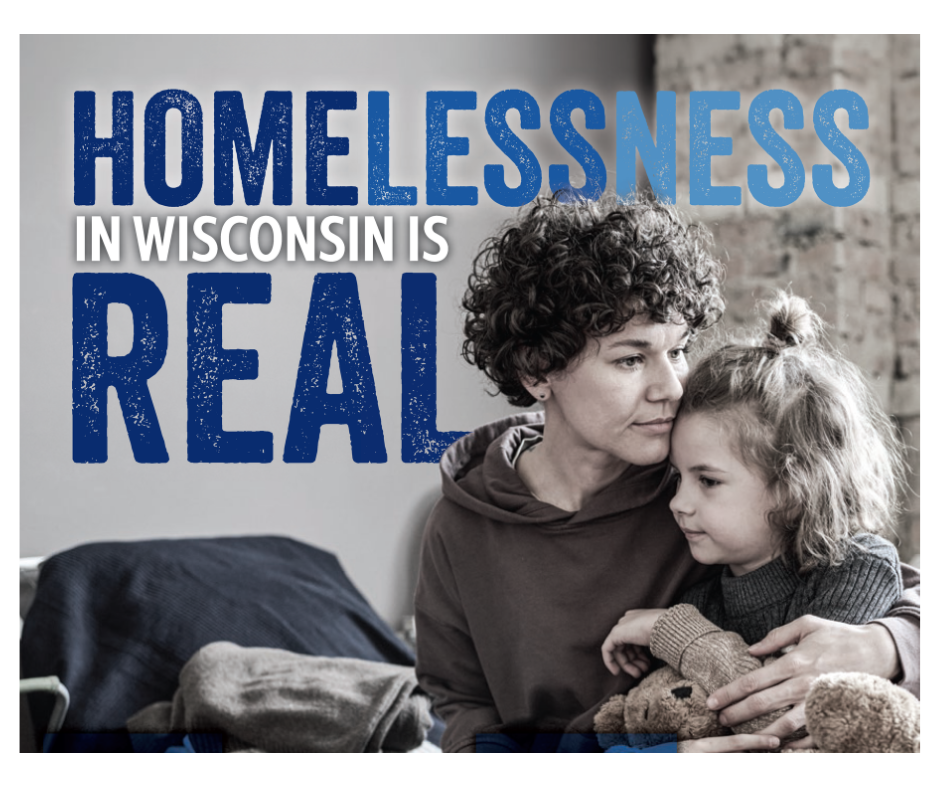
Wisconsin newspapers will soon be able to localize the homelessness issue for their communities, thanks to assets made available through Multi Media Channels.
In addition to localized stories describing the impact on Wisconsin communities, consider an accompanying social media campaign using some of the MMC assets. WNA is asking publishers to print these stories, editorials, ads and social media posts and share their stories to this folder before the week of October 1, 2024.
These suggested posts and social media campaigns will build empathy and understanding, driving home the point that homelessness and childhood trauma are deeply interconnected issues that require compassionate, comprehensive solutions:
“Home Is More Than a Place” Infographic Campaign— Create a series of infographics that visually link the impacts of childhood trauma and homelessness with educational outcomes like student turnover.
The infographics can be personalized for different demographics: using data that resonates with specific regions, communities, or age groups. This approach makes complex information accessible and relatable, encouraging viewers to share and take action.
“The Ripple Effect: How Childhood Trauma Impacts Education” – Create an educational series of posts or videos and infographics that visually demonstrate the ripple effects of childhood trauma and homelessness on education and educational outcomes.
The posts should highlight how safe and stable environments are crucial for children’s academic success and overall well-being. This series would not only raise awareness but also call for policy changes to ensure every child has the opportunity to thrive.
“Compassionate Classrooms” Teacher Resource Series — Develop a series of posts or downloadable resources for educators, focusing on how they can support students dealing with homelessness and trauma.
The campaign could include tips, lesson plans, and real-life stories of teachers making a difference. By targeting educators specifically, this campaign empowers advocates and provides them with the tools to create more compassionate, trauma-informed classrooms.
“From Crisis to Stability: Pathways to Success” — Design an infographic and or a series of posts and videos that outline the journey from crisis to stability for children facing homelessness and trauma. It would chart out key intervention points, such as access to mental health services, stable housing, and trauma-informed educational practices, showing how each step contributes to better outcomes.
The infographic could be adapted to reflect different age groups, geographic areas, or specific school districts, allowing for a tailored approach that resonates with diverse audiences.



